Arabic calligraphy - Arabic Calligraphy Learning
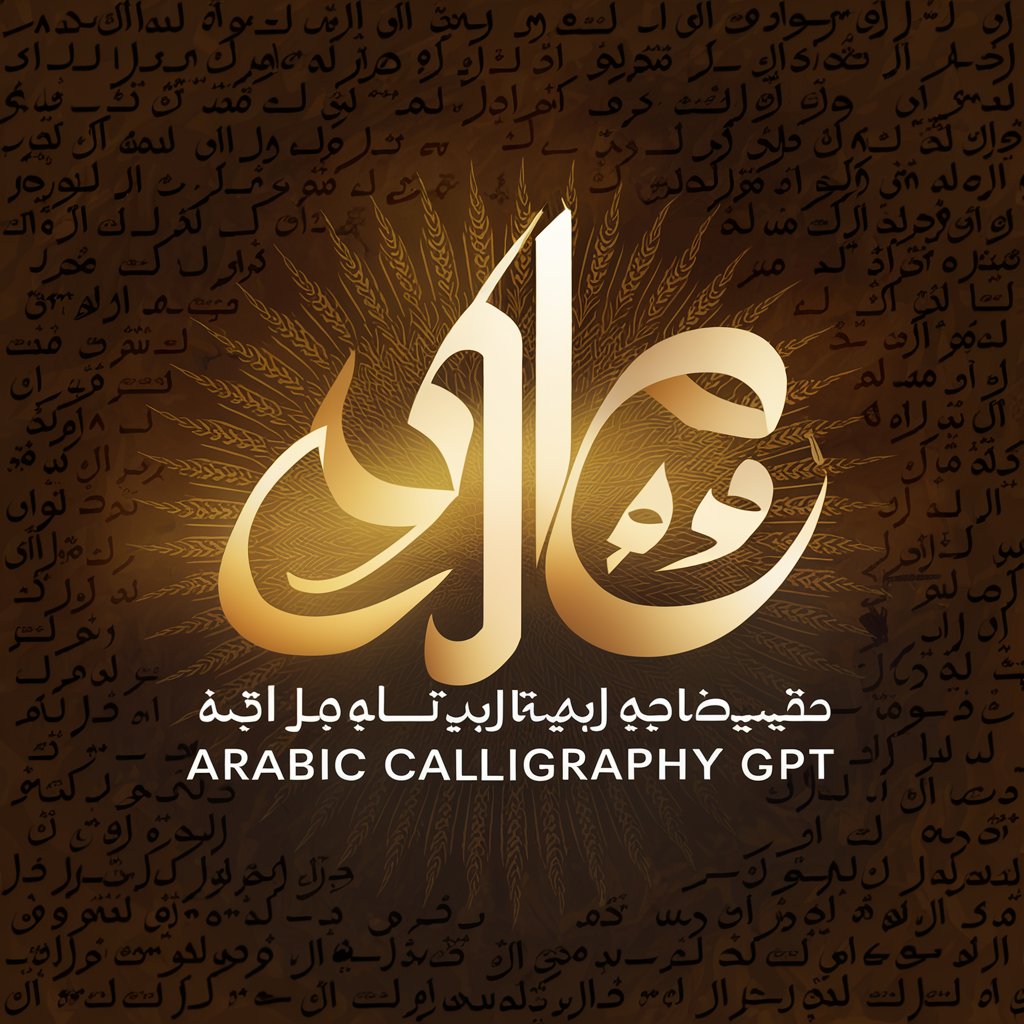
Welcome! Ready to explore the art of Arabic calligraphy?
Discover the art of Arabic script with AI
Can you explain the differences between Naskh and Thuluth calligraphy styles?
What are the best tools for practicing Diwani calligraphy?
How can I improve my letter joining in Kufic script?
What software do you recommend for digital Arabic calligraphy?
Get Embed Code
Overview of Arabic Calligraphy
Arabic calligraphy is a visual art form that involves the stylized writing of Arabic script, emphasizing beauty, fluidity, and expression. Originating more than a millennium ago, it has evolved through various styles, each with unique characteristics and aesthetics. These styles include Naskh, Diwani, Thuluth, and Kufic, among others. Arabic calligraphy serves both functional and decorative purposes, from religious texts and architectural decoration to personal artifacts and digital media. It's deeply intertwined with cultural and spiritual expressions in the Islamic world, making it a rich field of artistic endeavor. For instance, the Thuluth style is often seen adorning the walls of mosques and historical buildings, showcasing intricate designs and spiritual verses. Meanwhile, Naskh is more commonly used in printing due to its clarity and legibility, making it suitable for both educational materials and digital content. Powered by ChatGPT-4o。

Functions of Arabic Calligraphy
Religious Significance
Example
Decorating mosques and religious texts
Scenario
In many Islamic cultures, calligraphy is used to adorn mosques' interior and exterior with verses from the Quran, adding a spiritual and aesthetic dimension to the religious space. Similarly, calligraphy enhances the visual beauty of religious texts, making the act of reading a more profound experience.
Artistic Expression
Example
Art pieces and personal projects
Scenario
Artists and enthusiasts use Arabic calligraphy as a medium for artistic expression, creating artworks that range from traditional canvas pieces to modern digital designs. This application allows for personal creativity while paying homage to the rich cultural heritage of Arabic script.
Cultural Identity
Example
Public monuments and national symbols
Scenario
Calligraphy is often incorporated into public monuments and national emblems, serving as a symbol of cultural identity and pride. For example, many countries in the Arab world feature calligraphic elements in their flags, official seals, and currency, embedding the art form within the fabric of societal symbols.
Educational Tools
Example
Teaching Arabic language and script
Scenario
Educational materials, especially those focused on the Arabic language and script, frequently employ calligraphy to illustrate the beauty and intricacy of the script. This not only aids in learning but also instills an appreciation for the artistic aspect of Arabic writing.
Ideal Users of Arabic Calligraphy Services
Artists and Designers
This group includes professionals and hobbyists interested in incorporating Arabic calligraphy into their artworks or design projects. They benefit from understanding different calligraphic styles and techniques to enhance their creative output.
Cultural Institutions
Museums, cultural centers, and educational institutions that wish to promote and preserve the heritage of Arabic calligraphy. They benefit from services that offer workshops, exhibitions, and educational materials on the art form.
Religious Communities
Islamic centers, mosques, and individuals seeking calligraphy for religious purposes, such as Quranic inscriptions and decorative elements for places of worship. They benefit from services that respect the spiritual significance of the script.
Businesses and Brands
Companies looking to incorporate Arabic calligraphy into their branding, marketing materials, or product designs, especially those aiming to connect with Arabic-speaking markets or convey a sense of luxury and tradition.

Using Arabic Calligraphy: A Step-by-Step Guide
Begin with a Free Trial
Start your Arabic calligraphy journey by accessing a free trial at yeschat.ai, without the need for logging in or subscribing to ChatGPT Plus.
Choose Your Calligraphy Style
Select a calligraphy style that interests you, such as Naskh, Diwani, Thuluth, or Kufic. Each style has unique characteristics and applications.
Gather Materials
Prepare the necessary tools, including reed pens, ink, paper (or a digital tablet if you prefer digital calligraphy), and a comfortable workspace.
Learn Basic Techniques
Familiarize yourself with basic strokes, letter forms, and joining techniques. Practice regularly to improve your skill and consistency.
Apply and Experiment
Use Arabic calligraphy in various projects such as artwork, design, and personal expression. Experiment with different materials and backgrounds to discover new styles and applications.
Try other advanced and practical GPTs
Application Ace
Empowering Your Career Path with AI

Guizhou Culinary Guru
Explore Guizhou's Culinary Secrets

Lania Kea | AstroGPT
Navigate life's journey with AI-powered astrology

Music Producer tag generator
Craft Your Signature Sound with AI

徐志摩
Reviving poetic romance with AI
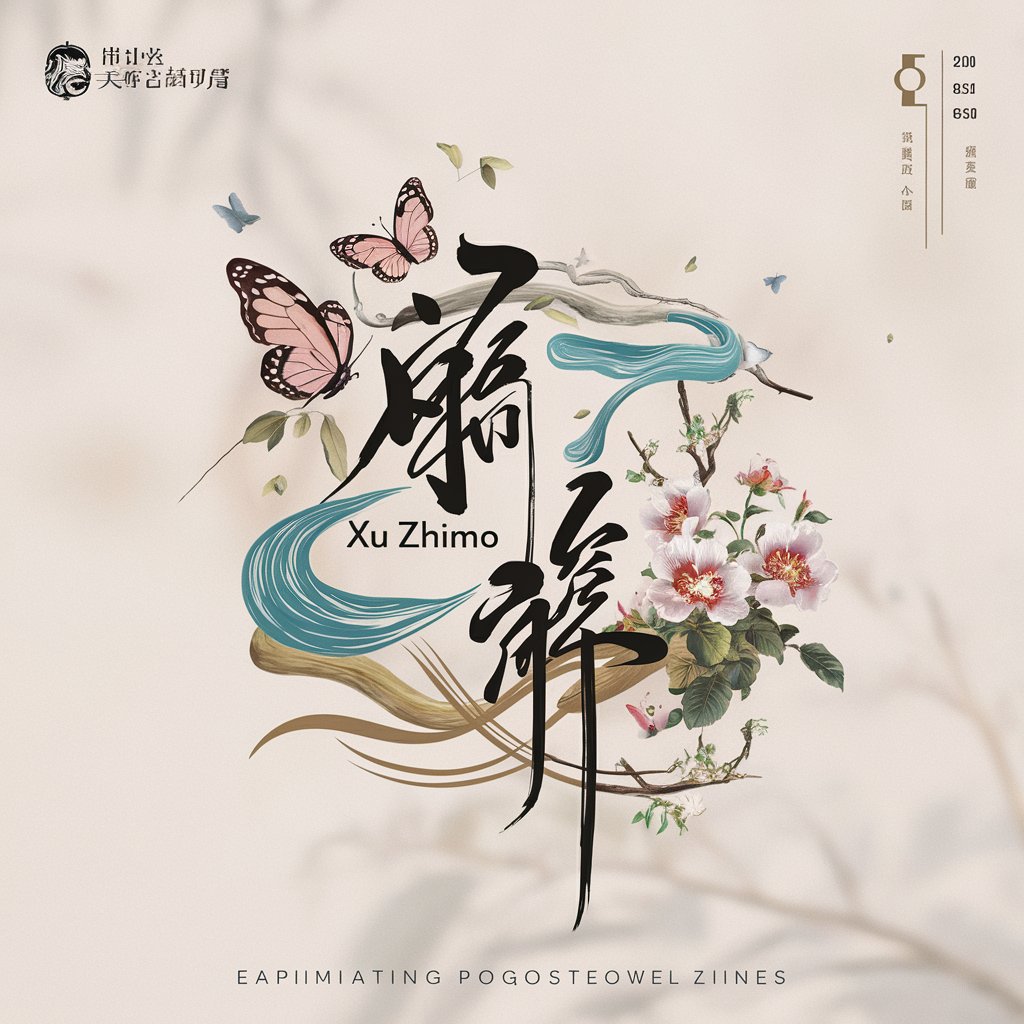
Meeting AssIstant
AI-Powered Meeting Insights

Master Debater
Elevate Arguments with AI

Greek Cuisine Guru
Authentic Greek cuisine at your fingertips

PósImunologiaBR
Unlocking Immunology Research with AI
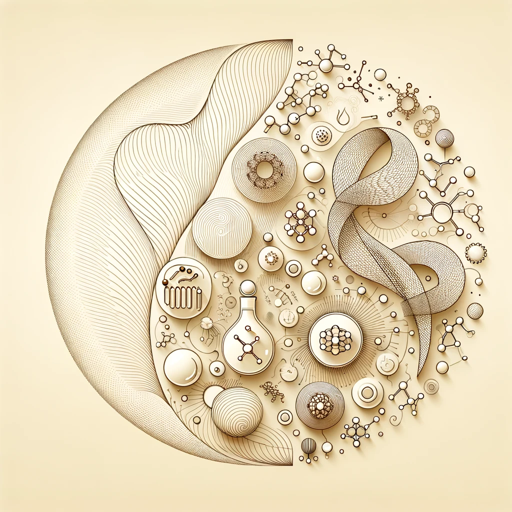
PósEngenhariaAgrícolaBR
Unlocking Agricultural Engineering Knowledge

German Teacher
Learn German with AI Assistance
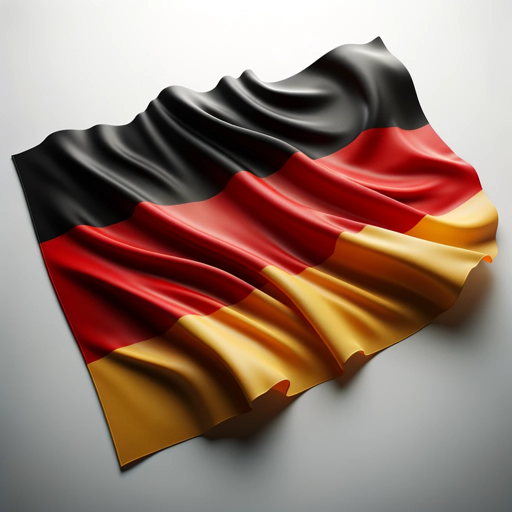
Love Language Guide
Discover Your Love Language, Enhance Relationships
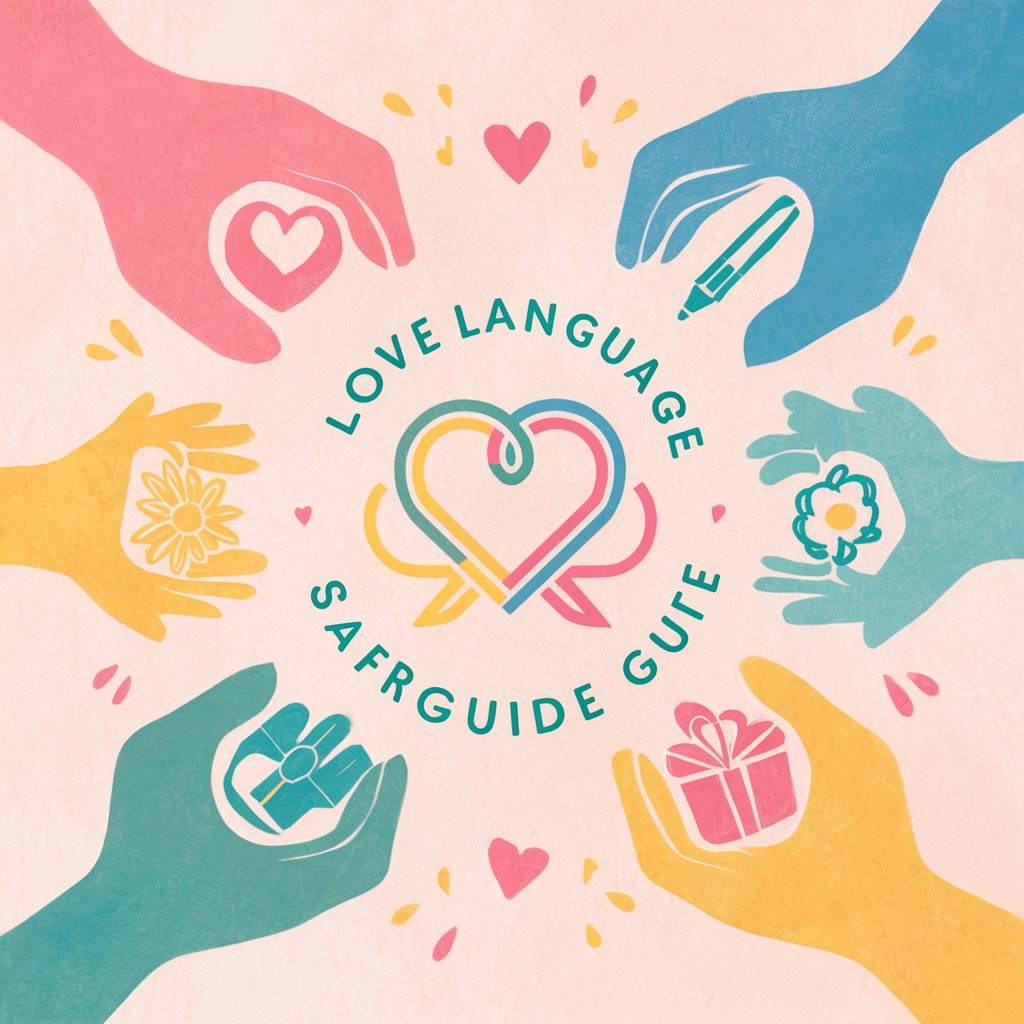
Frequently Asked Questions about Arabic Calligraphy
What are the most popular styles of Arabic calligraphy?
Popular styles include Naskh, known for its clarity in print; Diwani, characterized by its beauty and complexity; Thuluth, notable for its elegance and large size; and Kufic, the oldest form known for its geometric patterns.
Can beginners learn Arabic calligraphy online?
Yes, beginners can learn Arabic calligraphy online through various tutorials, courses, and resources that provide step-by-step instructions, practice exercises, and feedback from experts.
What materials are needed for traditional Arabic calligraphy?
Traditional materials include a reed pen (qalam), ink, glossy paper for smooth writing, and a likka or mizwad to hold ink. A makta is also used to cut the pen.
How important is the cultural significance of Arabic calligraphy?
Arabic calligraphy is deeply rooted in Islamic culture, representing the visual embodiment of the Quran's beauty. It's important to approach it with respect for its artistry and spiritual significance.
Can Arabic calligraphy be done digitally?
Yes, with the advent of graphic tablets and software like Adobe Illustrator and Procreate, Arabic calligraphy can be practiced digitally, allowing for new forms of expression and easier correction of mistakes.
